Meet Our Land Development Teams in Austin, Texas
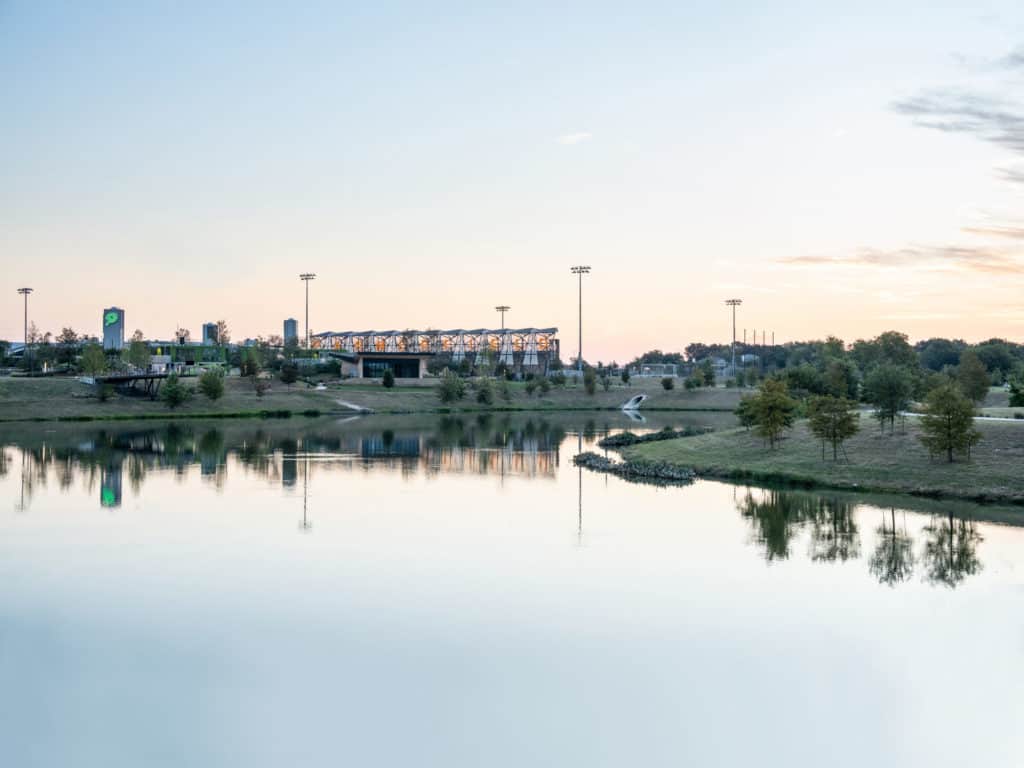
The Greater Austin metro is experiencing astonishing growth through the expansion of business and domestic migration. People are eager to plant their roots in Central Texas, and rapid development has all facets of the market moving at the same time. This growth provides unique opportunities for both residential and commercial sectors of the market. HR […]
Disaster Recovery: A 4-Step Process to Restoring Order
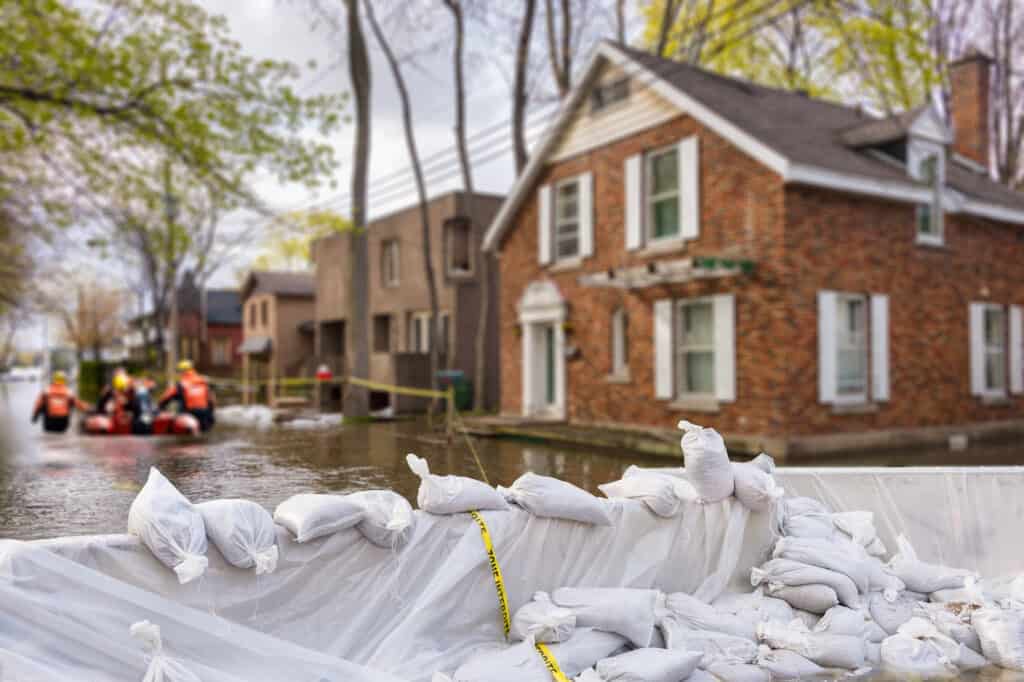
Communities that focus on the concept of resilience are much better positioned to deal with disasters, retain a healthy position, and regain normalcy when properly prepared.
Celebrating Earth Day and the Role of Civil Engineers

Happy Earth Day! As civil engineers, we couldn’t help but notice the striking connection between our work and the natural world we inhabit. After all, our job is to design, build and maintain physical structures that work in tandem with the surrounding environment. We understand that human progress and environmental preservation are equally important and […]
Building Community Resilience Starts with Sustainable Infrastructure Design

Resilience can be defined as the ability to recover quickly from setbacks. In communities around the country, civil infrastructure projects provide an assortment of challenges to address building community resilience. Efficiently-operating civil infrastructure is an essential component of a resilient, livable community. The highways, bridges, and wastewater treatment plants we build today have design lives […]
Fitting Flyover – Steel Construction Magazine
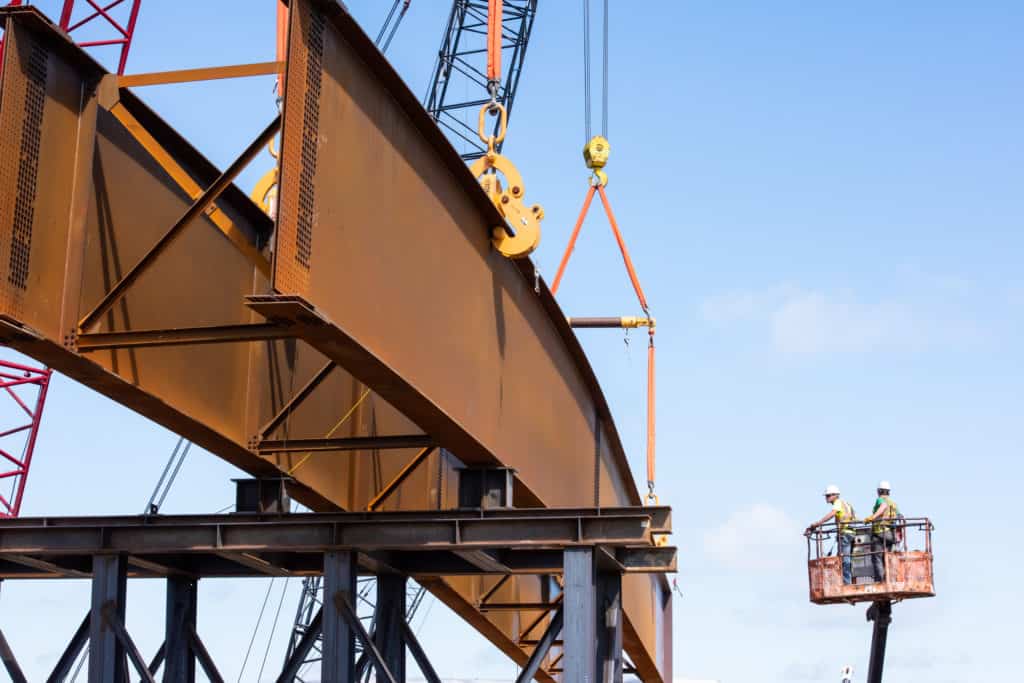
The Urban Loop Steel Flyover Bridge If you look at a map of Des Moines, Iowa—digital or paper—you may notice a distinct rectangle formed by Interstates 35, 80, and 235. You may also notice another major, north-south highway—Iowa 141—that converges with the northwest corner of this rectangle, where the towns of Urbandale and Grimes meet. […]
HR Green Celebrates 110 Years!

Founded in 1913, HR Green is one of the nation’s longest-operating engineering and consulting firms.
Creating Smarter Cities
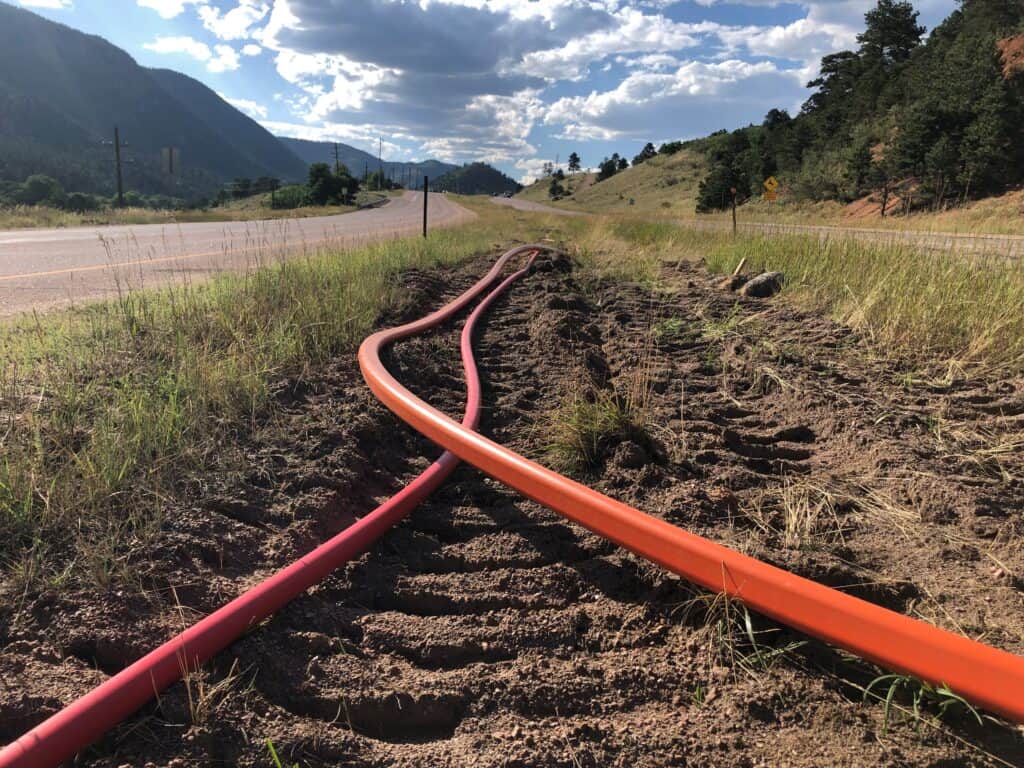
One area ripe for innovation with local government agencies is delivering ultra-fast telecommunications by repurposing your existing public works infrastructure such as water, utilities control systems, almost any fiber optics that connects public facilities and even, especially, traffic signals.
New Lead Service Line Inventories Deadline Approaching

As the EPA refocuses its Lead and Copper Rule, find out how this impacts community water systems and lead service line inventory in 2024.
Low-Impact Design Empowers Future Urban Runoff Management Designs
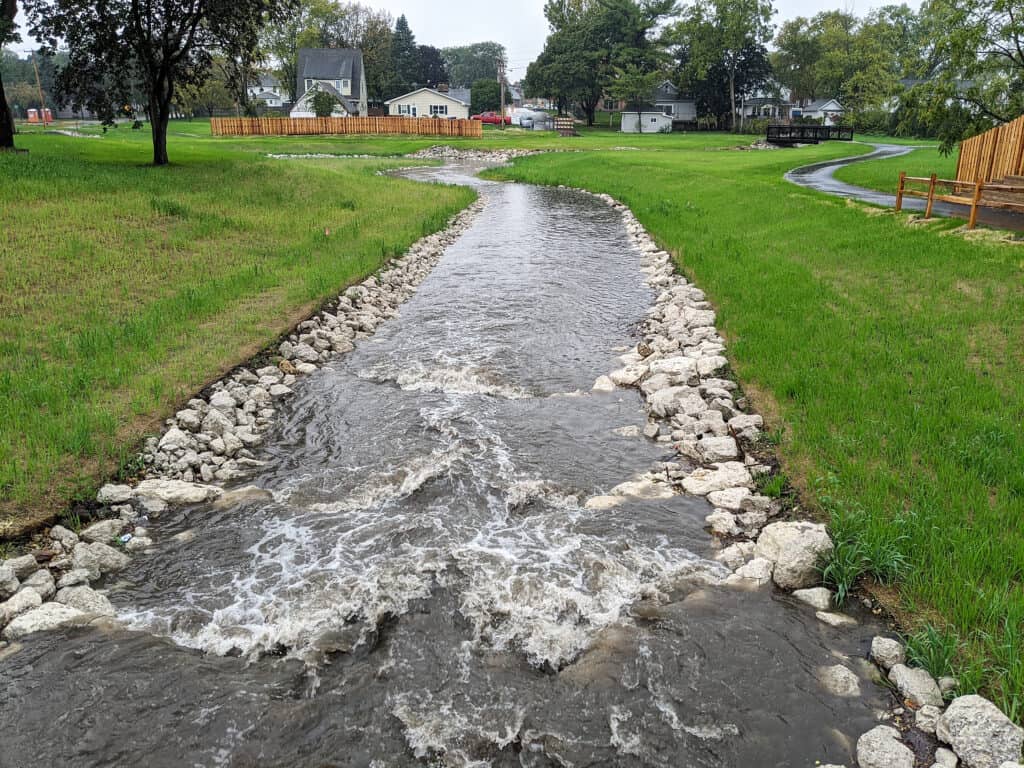
HR Green’s teams are well-versed in planning and constructing low-impact designs (LID) in land development. LID techniques continually grow in popularity as communities look for environmentally friendly practices when building communities and improving the lives of residents. What are low-impact designs? Low-impact designs (LID) work with nature to mimic natural processes to preserve and restore […]
Leveraging Federal Broadband Funding to Solve the Digital Divide – A Step-by-Step Guide

As communities begin to envision their new, post-pandemic normal, a key part of most strategies is the development of new approaches to improve broadband services. The Treasury Department published clarifying FAQs last week related to the use of ARPA funding to expand broadband services.